Tag: National Trust
-
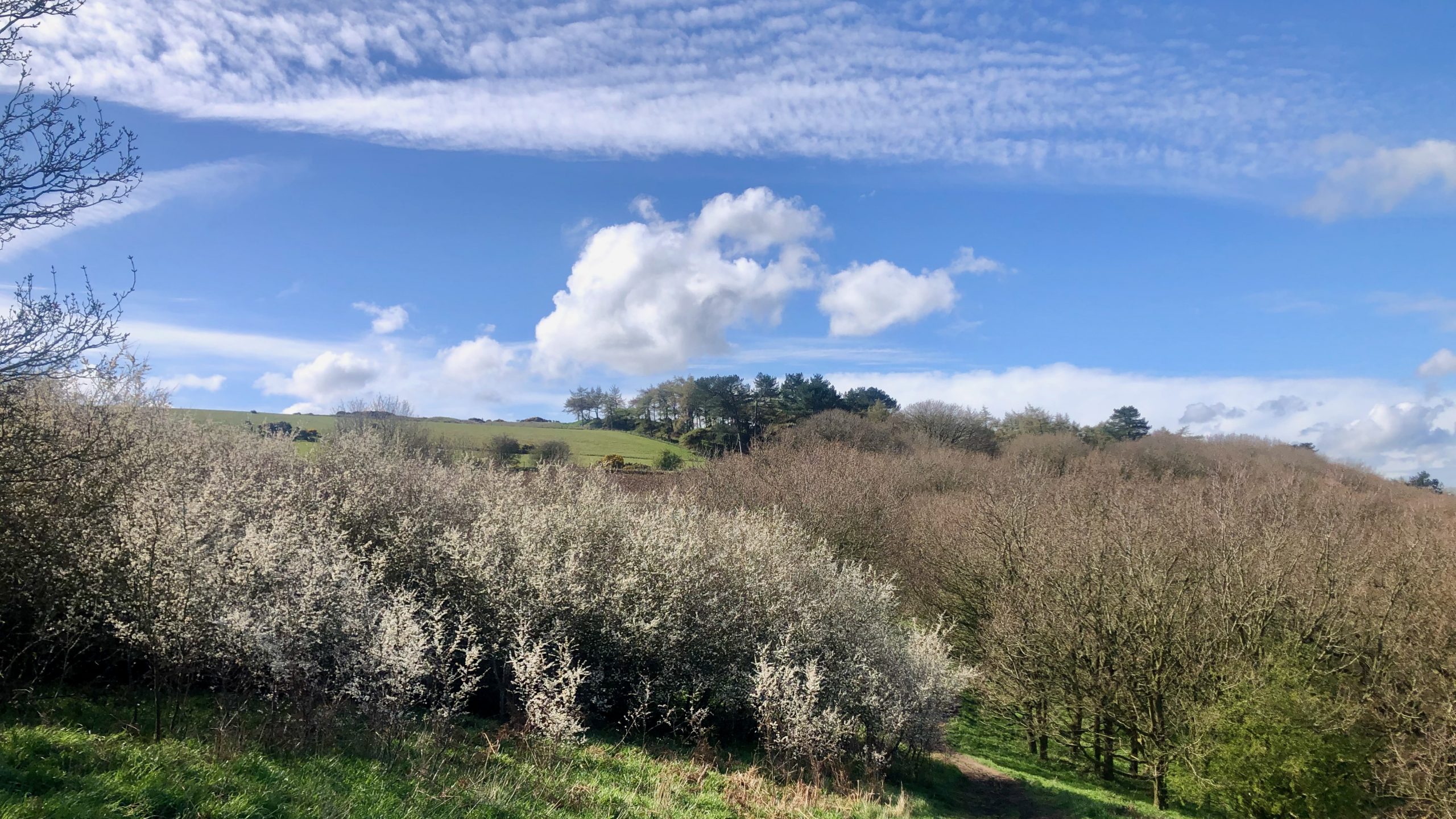
“Oh, to be in England, now that April’s there”
Spring has sprung! The blackthorn is blossoming, trees buds are unfurling, and daffodils and primroses are painting the landscape in vibrant hues. And the best part? I spotted my first bluebell today! But keep your wellies on. April isn’t all sunshine and rainbows. Showers abound, and the woods and fields are riddled with deep pools…
-
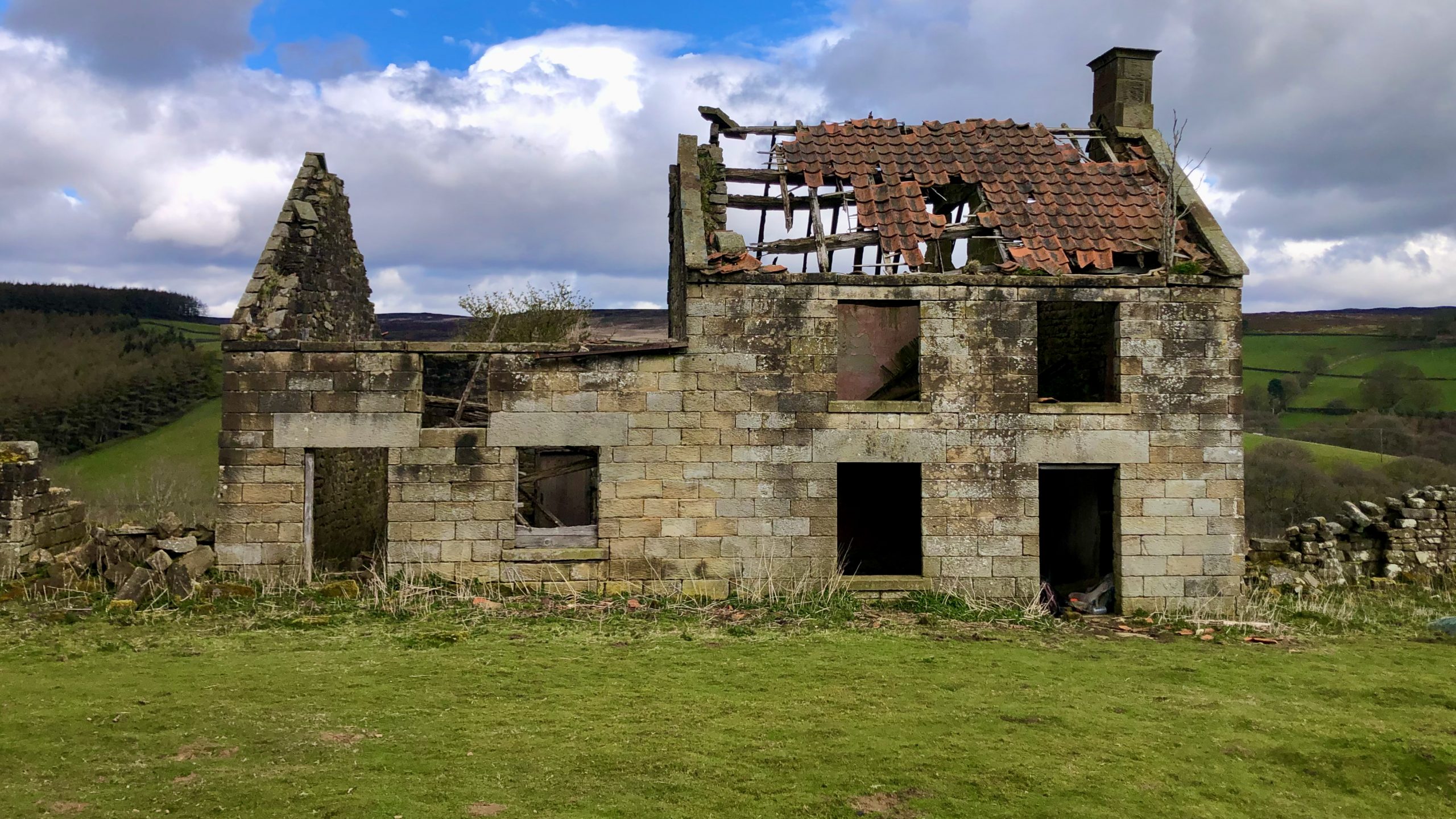
“Stone is a living thing, not a piece of dead matter”
In the moorland dales, the quality and excellence of available building stones are the primary factors that have influenced building construction. The Jurassic rocks have been worked in numerous quarries in all the dales and provided an abundance of stone, which has been used to build abbeys, churches, mansions, bridges, buildings in Teesside’s towns, as…
-
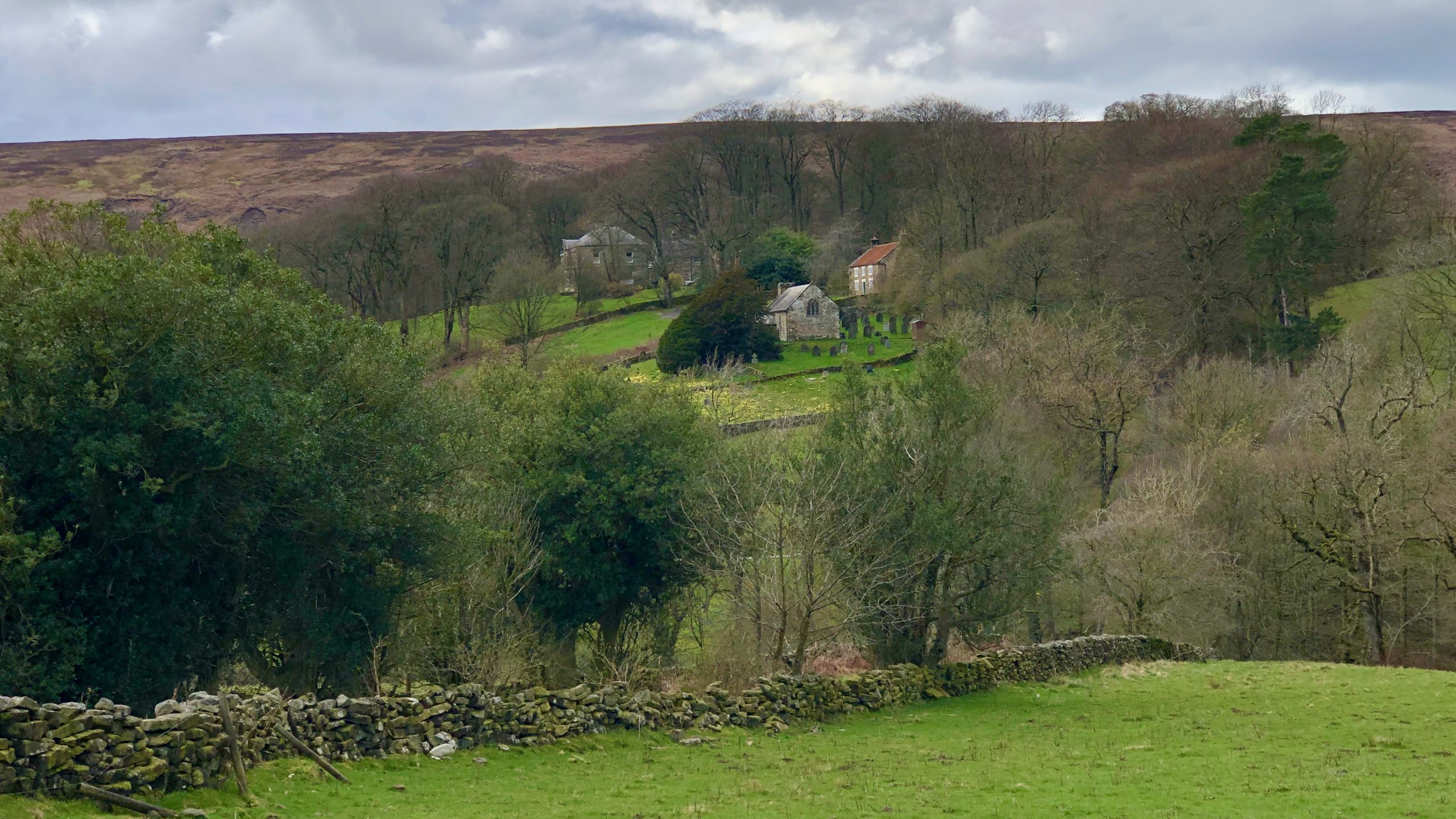
Cockayne — Bransdale’s ‘centre’
Bransdale is a peaceful community consisting of dispersed farmsteads that has remained seemingly unaltered throughout history. At one time, Eastside and Westside were two separate townships, each belonging to different parishes. Nonetheless, they were combined in 1873 to establish Bransdale-cum-Farndale. Bransdale differs from typical communities in that it lacks a central village. However, Cockayne, a…
-
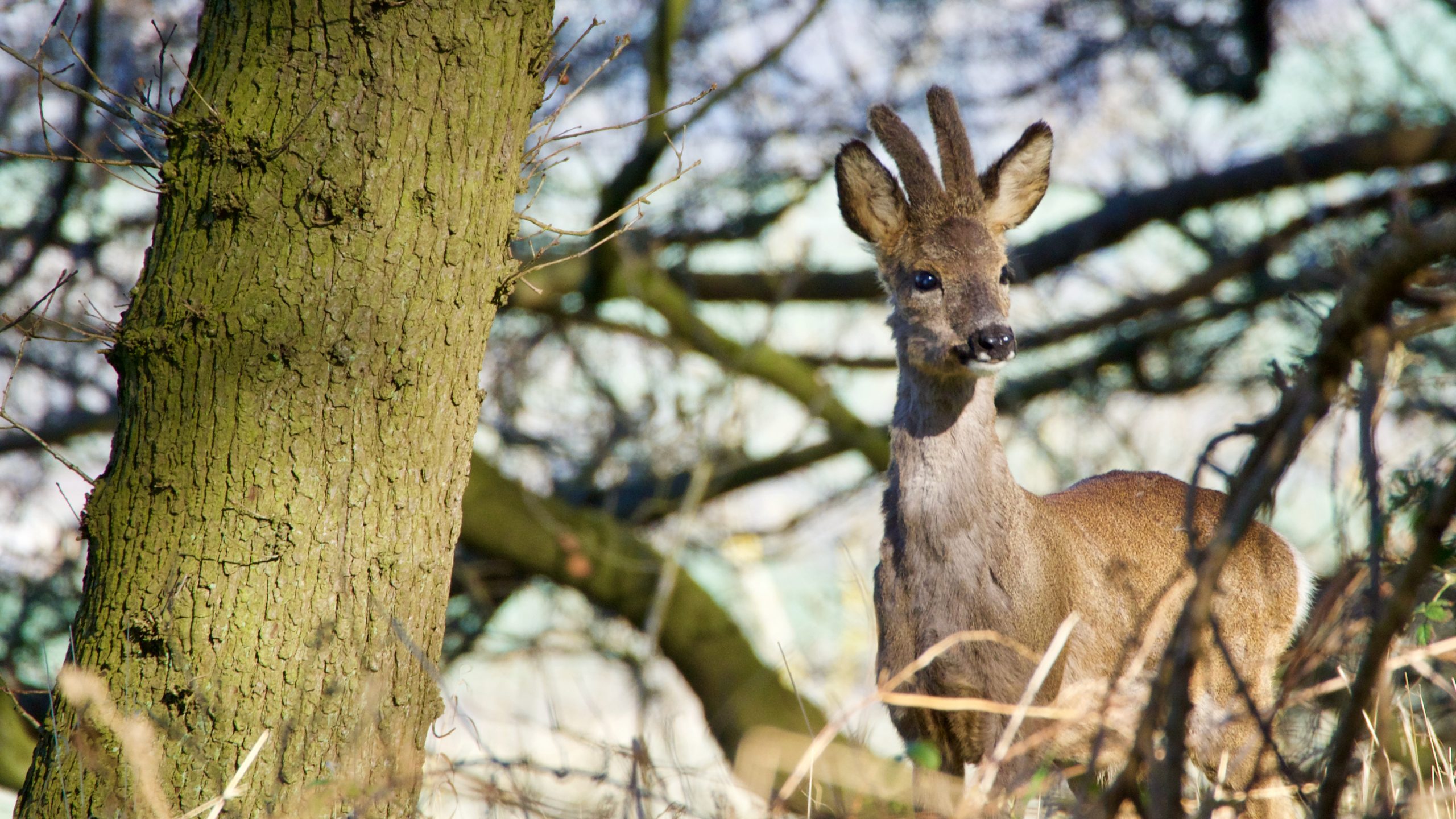
The graceful and capricious roe deer
I’ve had many close encounters with roe deer over the years. Many times have I disturbed them on my woodland runs and walks, just catching a glimpse as their bouncing white rumps quickly disappeared through the trees. Occasionally I’ve been lucky to get a closer look when the breeze has been in the right direction…
-
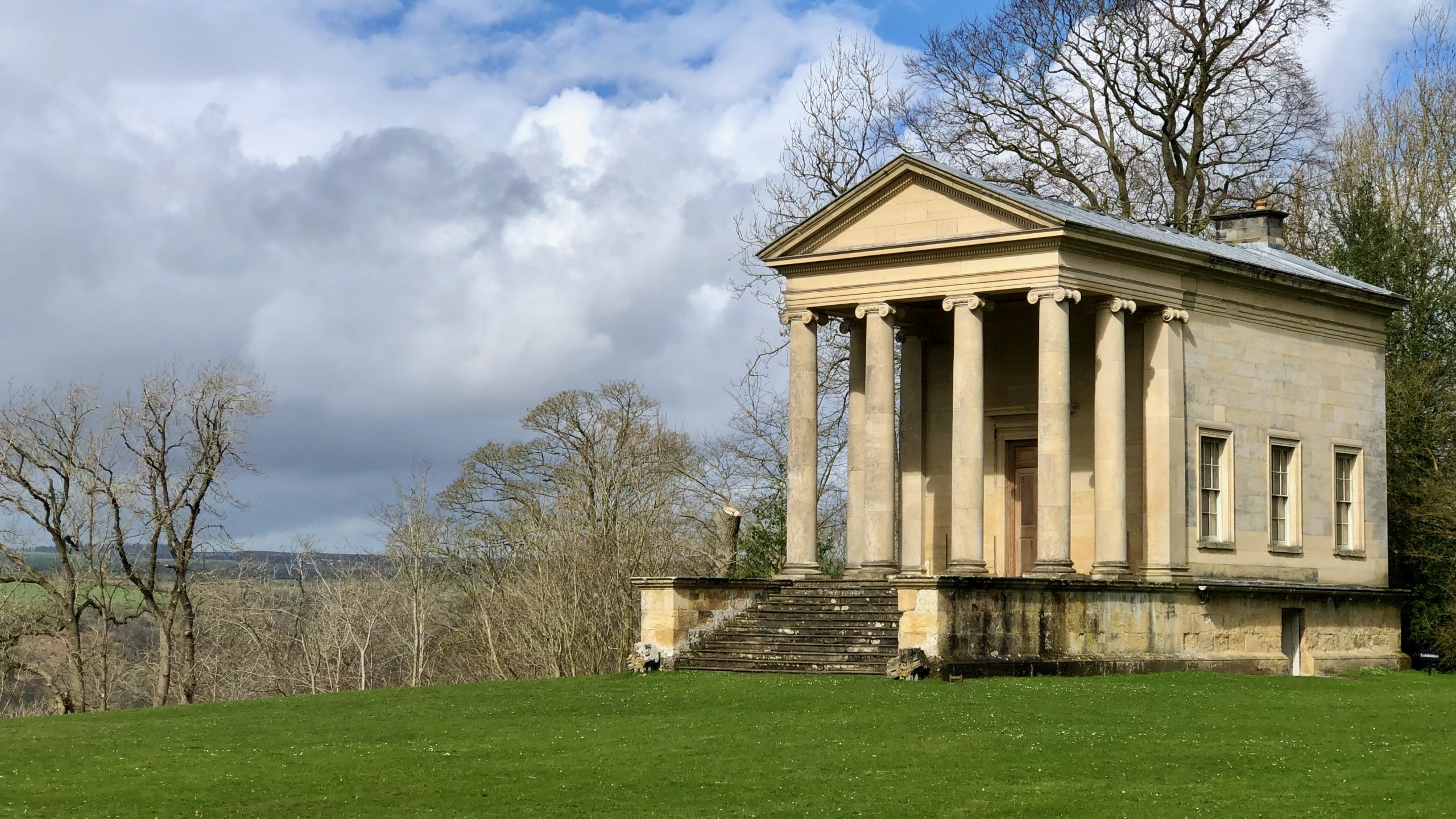
The Ionic Temple, Rievaulx Terrace
They say that things often come in threes, and that certainly seems to be the case for me this week, as I have encountered the Duncombe family for the third time. In 1687, a nouveau riche banker named Sir Charles Duncombe purchased the Rievaulx and Helmsley estates for the staggering sum of £90,000. He was…
-
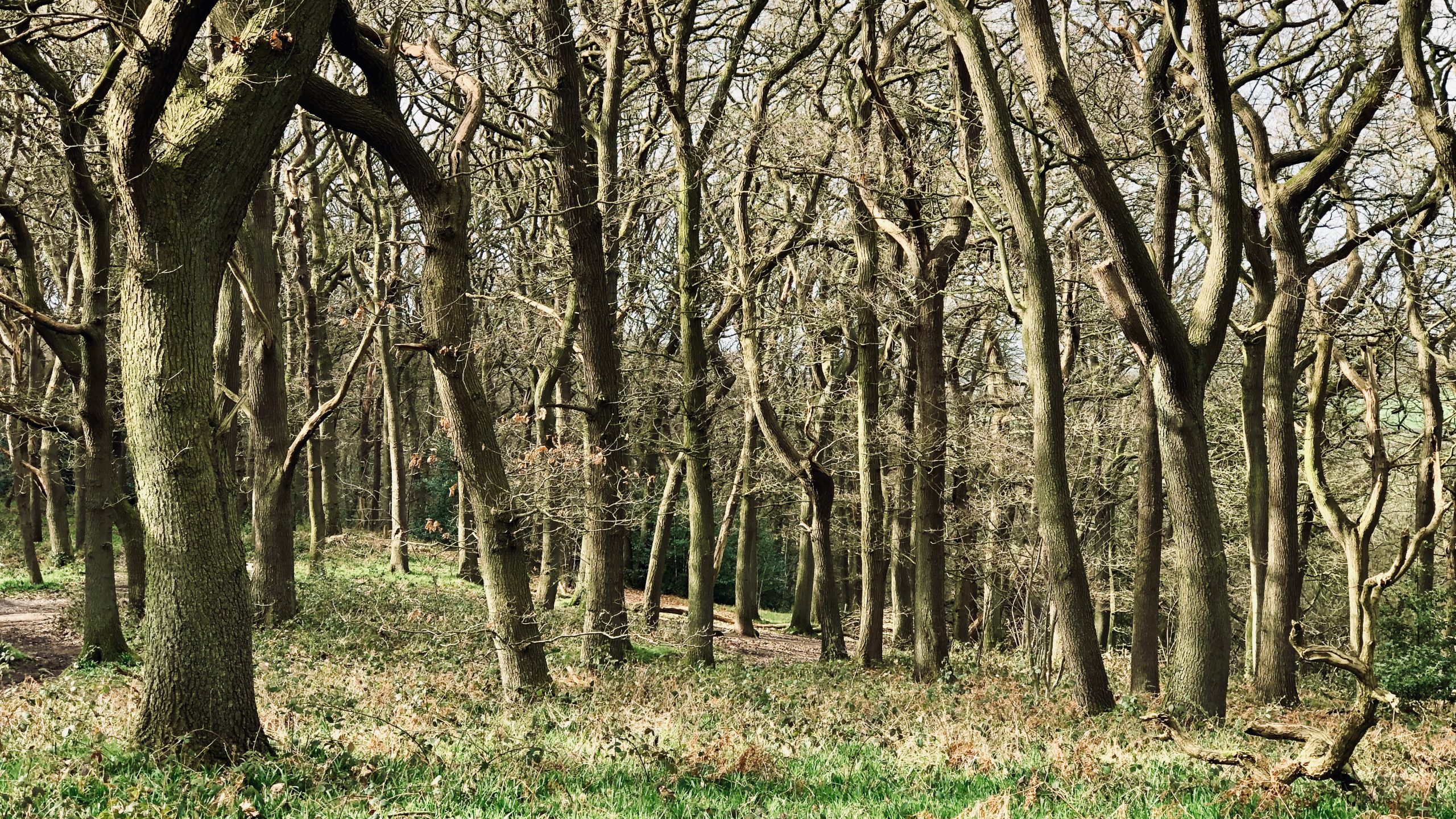
The Oak — from shipbuilding to fairies
Newton Wood is a predominately oak woodland below Roseberry Topping. Oak is known as the “King” of trees, with his consort being beech, the “Queen” of the woods. There are two types of oak trees found in Newton Wood: Sessile and Pedunculate. Sessile oak is the more prevalent, with the oldest being located in the…
-
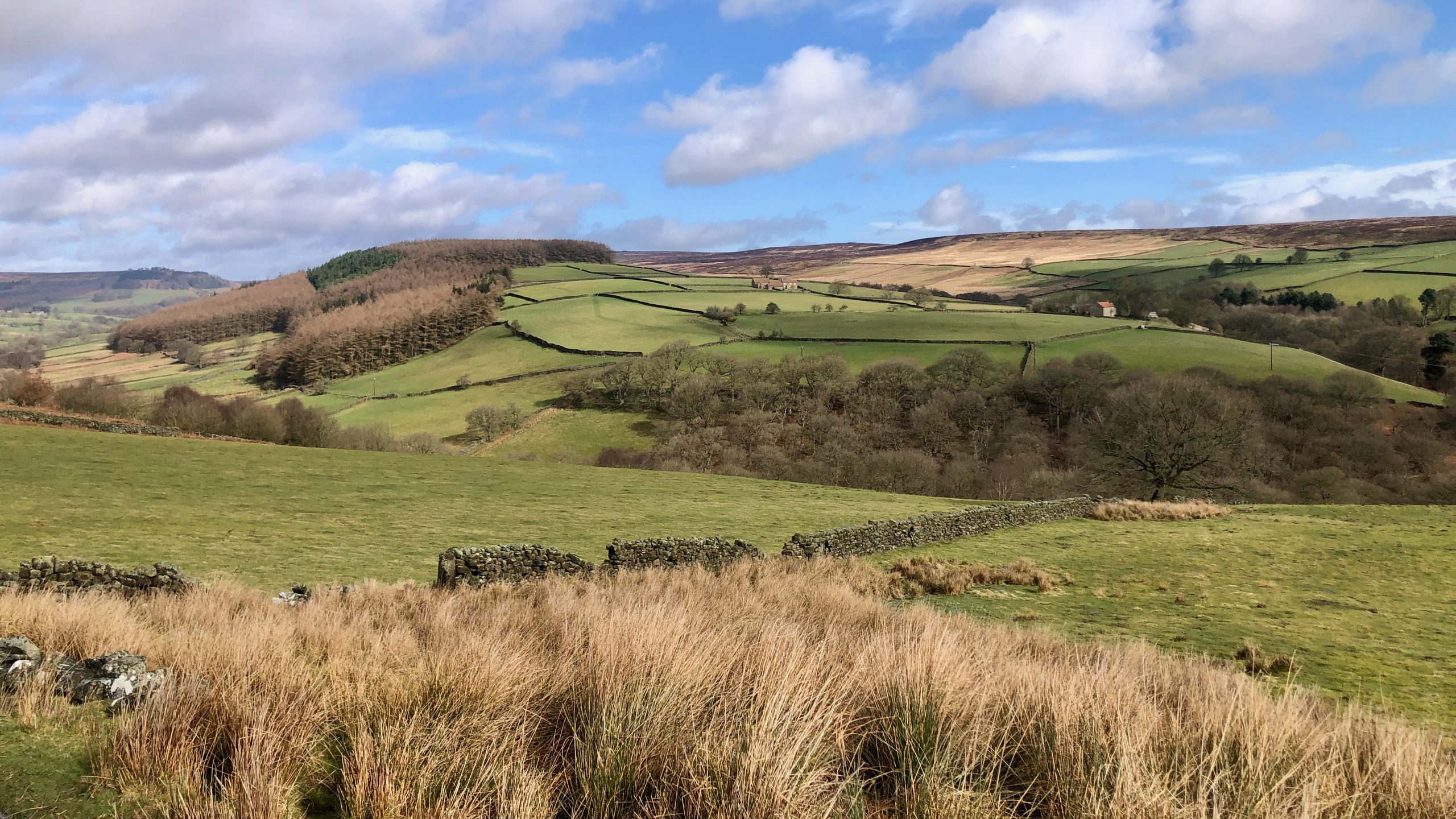
National Trust Landscapes: High and Low Lidmoor Farms
From near Stork House on Bransdale Westside, there is a stunning view of the lower dale with the twin farms of High and Low Lidmoor. Hodge Beck is graced with deciduous trees, while on the left side of the photo, on the high ground, stands a commercial conifer plantation. All the land in the photograph…
-
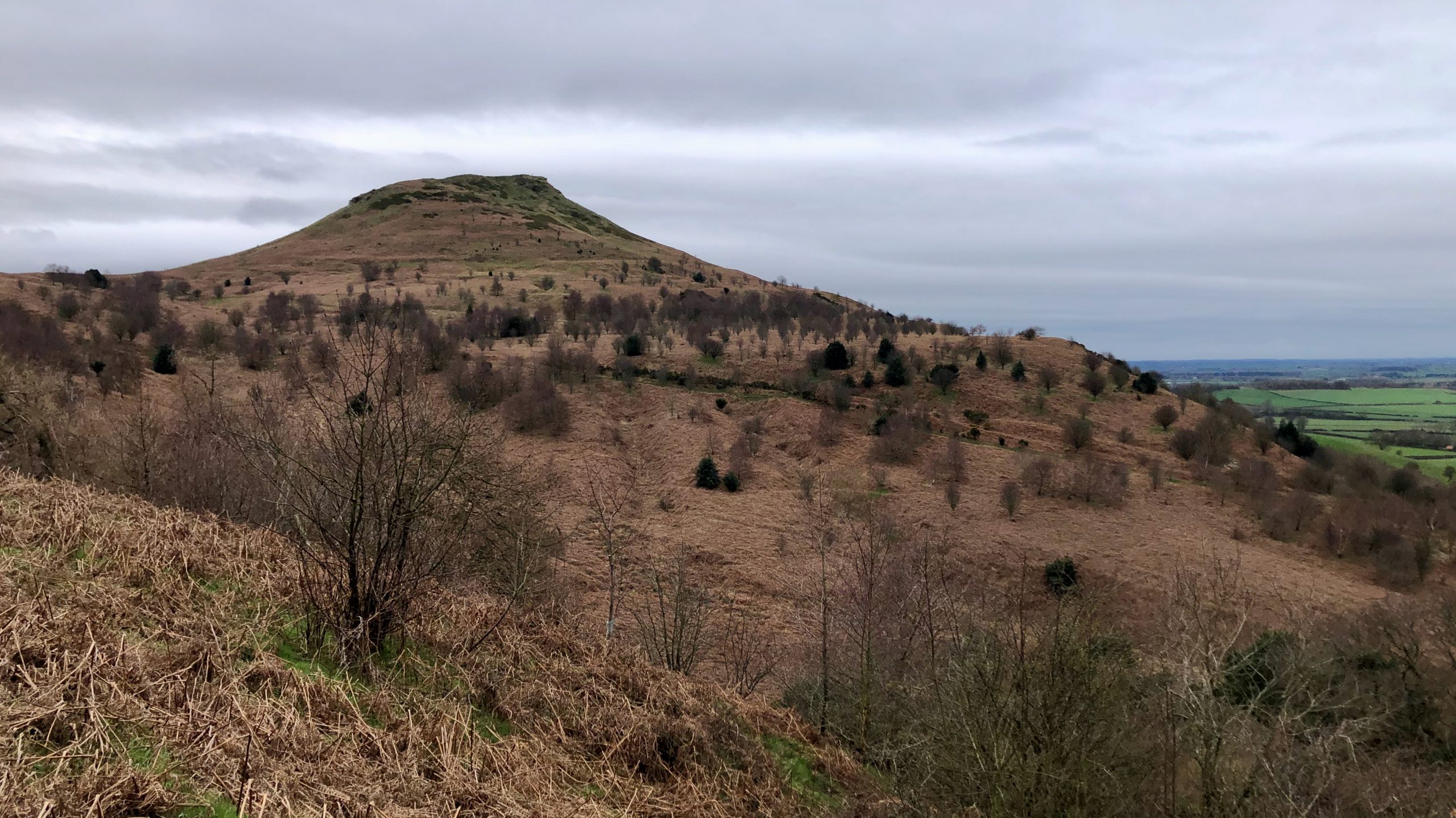
Roseberry Common: Reliving an old training route over the bracken
One of my favourite training routes used to be a circuit around Roseberry Common, where I would carefully choose the best path through the varied terrain. I like to revisit this route before the bracken becomes too thick to navigate. When I look at the Topping from this viewpoint, the dominant colours are those of…
-
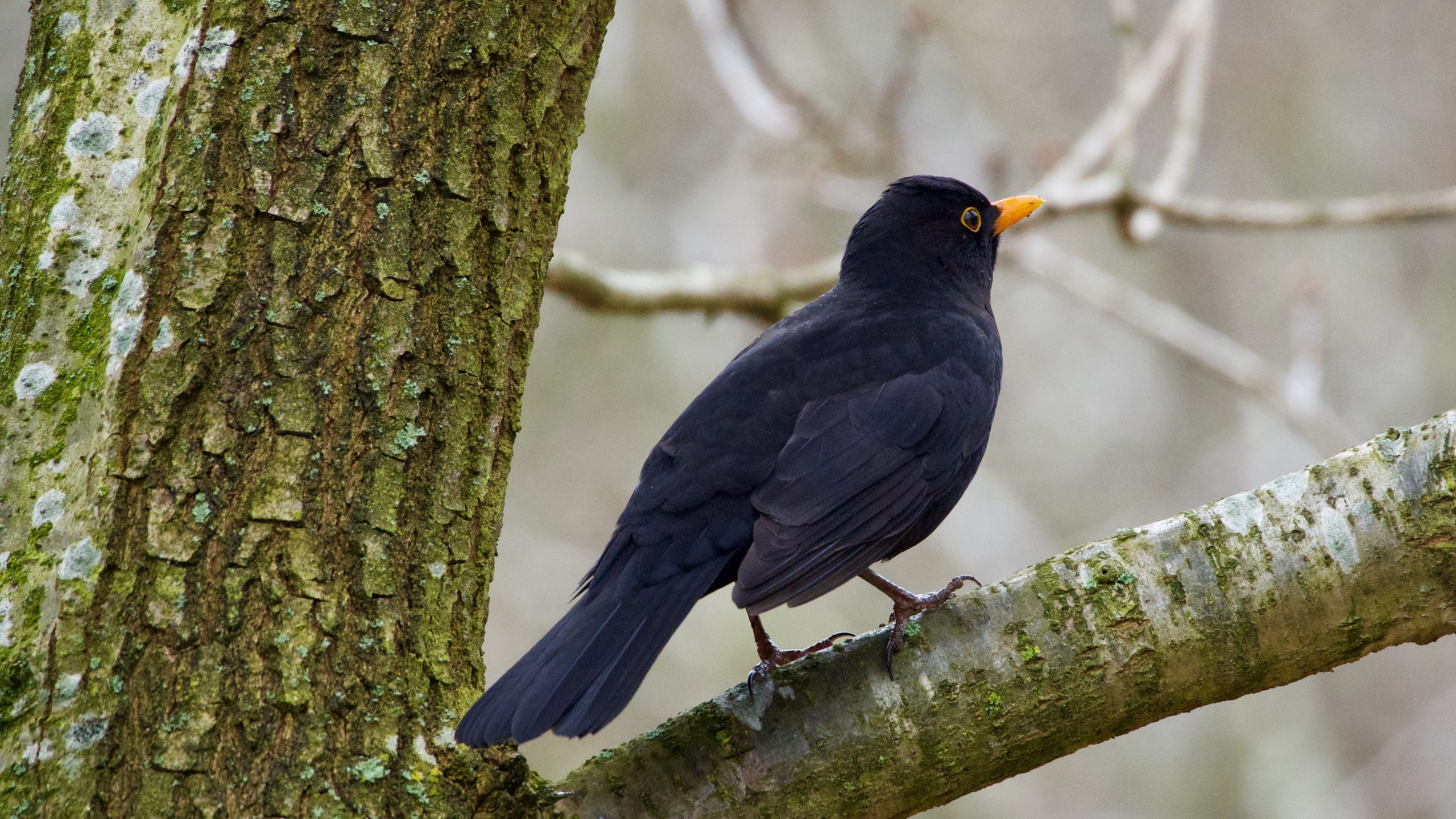
“Blackbird singing in the dead of night”
Blackbirds are one of those enchanting creatures that we all seem to have a soft spot for. You can spot these feathered friends in all sorts of habitats, from woodlands to our gardens. Interestingly, blackbirds have been part of our cultural consciousness for centuries – just think of the famous nursery rhyme that dates back…
-
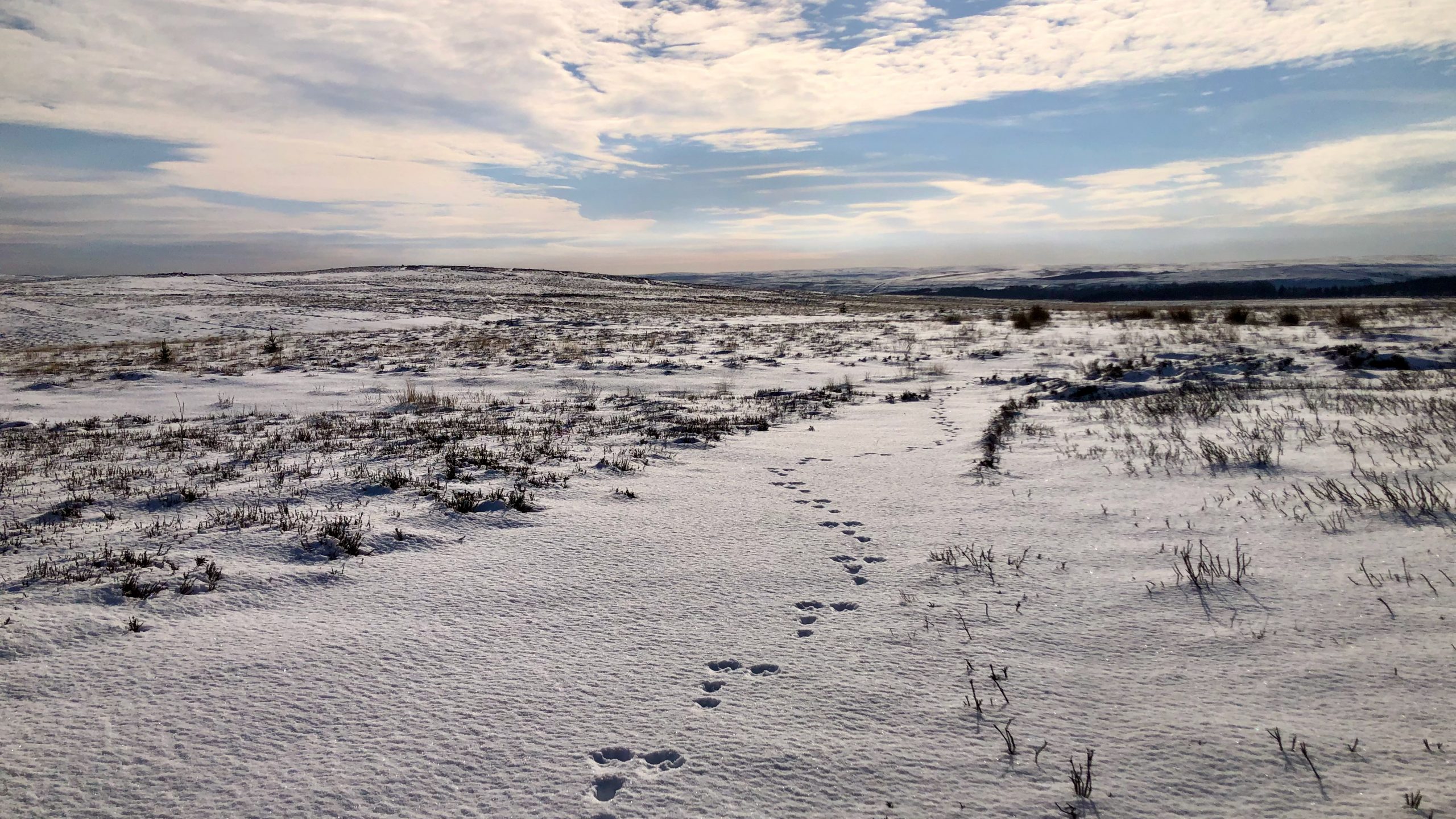
Following the feetings
A ‘feetin’ is a North Yorkshire word for a footprint, “a mark or impression left by the foot“. In East Anglian a variation, ‘feetings’, is used specifically for the tracks of creatures in the snow. I do like this use of the word. Newton Moor had feetings in abundance this morning. Mostly Grouse, occasionally ending…